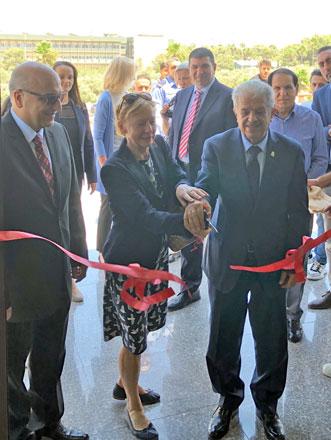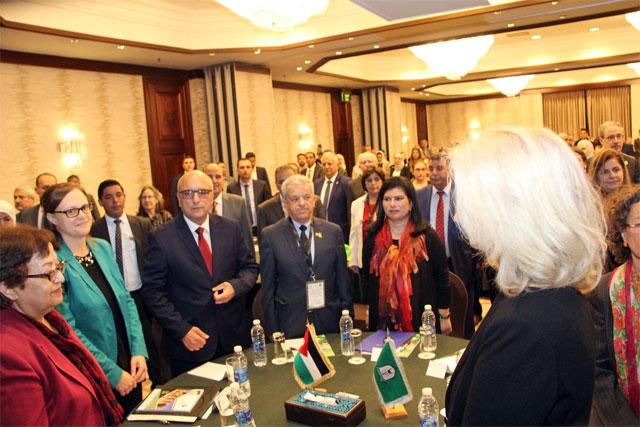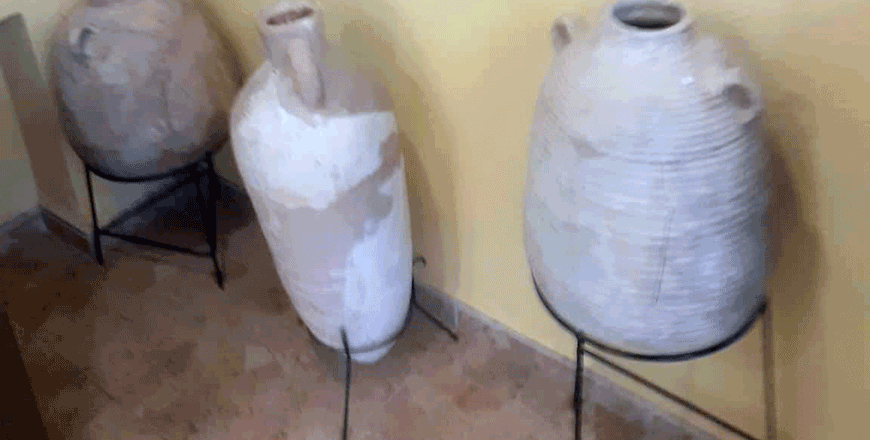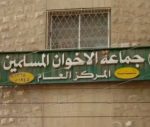You are here
Exhibition explores ways to keep ‘cultural memory’ alive
By Saeb Rawashdeh - Jul 30,2019 - Last updated at Jul 30,2019

German Ambassador to Jordan Birgitta Siefker-Eberle (centre) and President of Yarmouk University Zeidan Kafafi (right) cut a ribbon to open the ‘Cultural World’ exhibition alongside the exhibit’s coordinator Hani Hayajneh (left) on Sunday (Photo courtesy of the German embassy)
IRBID — “Cultural heritage is an expression of a society’s vision of itself, of its history and identity,” German Ambassador to Jordan Birgitta Siefker-Eberle said at the opening of Yarmouk University’s “Cultural World” exhibition in Irbid.
Every culture is a world in itself and these worlds of culture must be preserved and developed, the ambassador noted at the launch of the event on Sunday.
The exhibition displays 15 highlights of Germany’s Cultural Preservation Programme, a German embassy statement said, adding that the exhibits range from the restoration of an open-air museum on the site of the Sun Temple of Heliopolis in Egypt to the creation of a sound archive in Afghanistan.
In Jordan, the exhibition displays cultural awareness programmes in the ancient city of Gadara (modern day Umm Qais), one of the country’s most important cultural monuments, the statement said.
Talking about cultural ties between Jordan and Germany, President of Yarmouk University Zeidan Kafafi underlined the fruitful cultural relations between Jordan and Germany, which have resulted in “many joint projects”.
“Cultural heritage gives us orientation and support; it is part of our identity and our memories. Its destruction is much more than a physical loss, but aims at the heart of civilisation, the dignity of man. This makes our efforts to protect cultural heritage at the national and international level all the more important,” stressed Kafafi, adding that the exhibition furnishes the space for exchanging ideas and skills.
Consequently, in time of crisis and turmoil cultural heritage is threatened by multiple dangers both natural and man-made, such as looting, illicit excavations and smuggling, outlined Professor Hani Hayajneh from Yarmouk University
This exhibition showcases the restoration and conservation of historical buildings and objects, which includes assistance in the repair and conservation of world heritage sites, collection and documentation of oral traditions such as music and literature, documentation of endangered sites; training and education of restorers, archivists, scientists and museum staff, Hayajneh said.
“The examples exhibited in this foyer show that archaeology has not only something to do with lifting old stones. Our institutions worldwide should work together to design an active future, with the aim of preserving the cultural memory of humanity,” emphasised Hayajneh.
“I should like to conclude by expressing the hope that many people will visit this exhibition [which lasts until August 27th] to enjoy these exceptional examples of the preservation of the cultural heritage of humanity. But, also to get a better picture of our shared past — a past that can inspire us to work towards a shared future,” Kafafi underscored.
Related Articles
AMMAN — Every nation in the world can lay claim to its own unique heritage, which “constitutes precious wealth that belongs not only to each
AMMAN — The perception of cultural heritage changes, develops and evolves over time due to economic, social, cultural, political and t
AMMAN — The term “cultural heritage” has changed definitions considerably in recent decades, partially owing to the instruments developed by


















